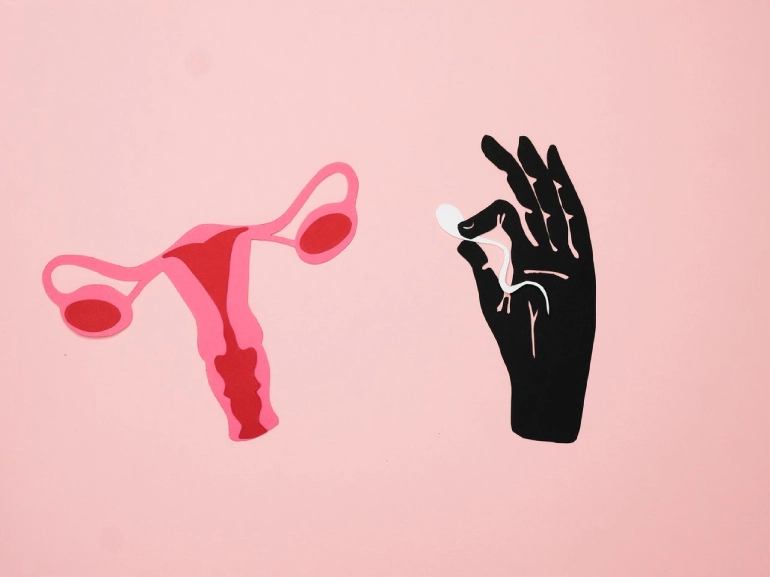In order to be successful, you need to have a great product. But what makes a great product? In order to answer that question, we first need to look at the process of product development. This step-by-step guide will take you through the entire process, from idea generation to market research to final launch. So whether you’re developing a new product from scratch or improving an existing one, this guide will give you the tools you need to succeed.
Generate Ideas for Your New Product
When you’re ready to bring a new product to market, it’s essential to generate a list of ideas that can be developed into a successful final product. There are a few key questions to keep in mind when generating ideas for your new product:
First, what need does your potential product address? What problem does it solve for your target customer? Answering this question will help define the parameters of your product and narrow down the ideas worth pursuing.
Next, what are your competition’s products like? What do they do well, and where do they fall short? This research will give you a better understanding of the potential market for your product and help you position your own offering accordingly.
Finally, what unique skills or resources do you have that could be leveraged in developing this product? This might include access to specific manufacturing processes or materials or a deep understanding of the needs of your target market. By capitalizing on your unique strengths, you can develop a product that has a competitive edge.
By taking the time to generate a list of well-researched and thoughtfully considered ideas, you’ll be one step closer to bringing a successful new product to market.
Evaluate Your Ideas
When you’re ready to design your product, it’s essential to think about how it will be manufactured and assembled. This will help you design a product that can be quickly produced and less likely to have quality issues. There are a few key things to consider when you’re planning for manufacturing:
- The materials you use should be accessible to the source and compatible with the manufacturing process.
- The design should be simple, with as few parts as possible. This will make it easier to produce and reduce the chance of errors.
- The design should be easy to assemble. This includes both manual assembly and automated assembly. If a product is challenging to assemble, it will likely have more defects.

When you’re evaluating your ideas, keep these factors in mind. The best way to create such a product line is by creating an excellent design for manufacturing and assembly with the help of a design engineer. Design engineers have the proper knowledge and expertise to create an easy-to-produce plan that can save you money in production. By designing a product that is easy to manufacture and assemble, you’ll increase your chances of success.
Develop Your Product
After you have brainstormed and evaluated your ideas, it is time to develop your product. This process will vary depending on the type of product you are creating, but there are some general steps that you can follow. First, you need to define your product clearly and what it will do. This may seem like a simple task, but it is essential to be as specific as possible.
Once you have a clear vision for your product, you can create a prototype. This will help you test out your ideas and make sure that they are feasible. Once you have a prototype ready for testing, you can begin to gather feedback from potential customers. This feedback will be essential in fine-tuning your product and making sure that it meets the needs of your target market. With these steps, you can confidently bring your new product to market.
Launch Your Product
After putting the finishing touches on your product, it is time to launch it in the market. This can be a daunting task, but you can ensure a successful launch with careful planning. First, you need to determine your target market. Who will be most interested in your product? Once you know your target market, you can develop a marketing strategy to reach them. This may involve advertising in specific media outlets or using social media to spread the word.
You also need to make sure that your website and sales materials are up to date and accurate. Finally, it is essential to monitor the launch closely and make adjustments. By following these steps, you can ensure your new product’s smooth and successful launch.
There you have it! These are the steps you need to take to develop a new product. A new product can help your business grow and succeed. By following this guide, you’ll be able to bring your idea from conception to reality. So follow these steps and get started today.



